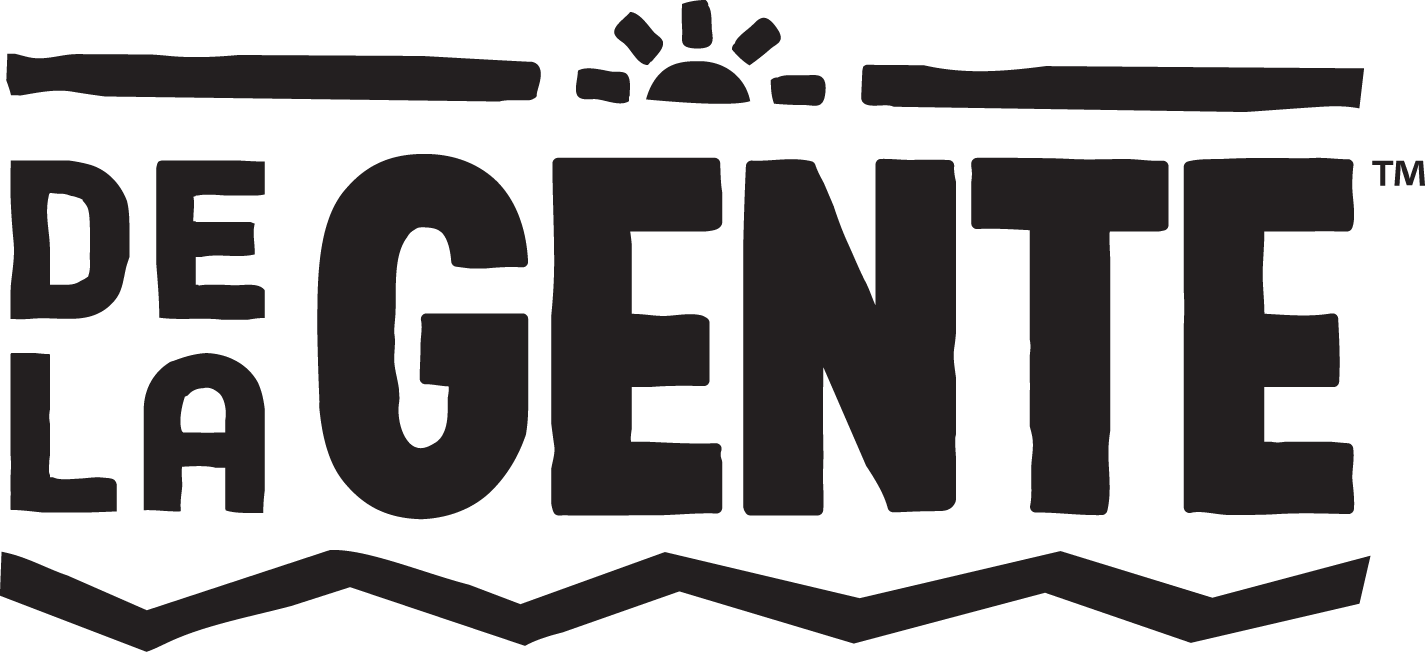
A Wake Up Call for the Future of Coffee
The lush slopes of mountains, misty highlands, and agricultural landscapes of coffee fields that have been nurtured for centuries are facing disruptions. Once-reliable growing seasons are beginning to shift and become unpredictable, with erratic rainfall, prolonged droughts, and rising temperatures threatening both the quality of coffee beans and harvest levels.

Experiencing Guatemalan Cuisine | A Fusion of History, Culture, and Tradition
Food is at the heart of Guatemala’s culture, and where food is served, flavors and stories are tied to memories. Every dish has a deeper meaning or relevance - whether it has a cultural significance, creates a memorable connection in flavors and aromas, or carries traditions through generations. Influenced by authentic food from ancient Mayan heritage and Spanish colonial flavors, dishes portray a story of resilience and culture. Experiencing Guatemalan cuisine is a journey through the country’s history - connecting the past with the present while engaging in a connection with people and traditions.

Rising Together | The Women Caficultora Network is Accelerating Change
In many coffee producing areas of the world, women are mainly responsible for collecting ripe coffee and sorting coffee beans. In these countries, between 20 and 30 percent of coffee farms are female-operated, and up to 70% of labor in coffee production is provided by women. Although there are many women present in the coffee industry itself, and they are responsible for much of the labor that impacts quality and yield outcomes, in some of the later stages of production their presence and roles in the coffee cultivation process diminishes.

What a Change in Coffee Prices Means | De La Gente’s Sustainability Efforts in the Coffee Supply Chain
Recently, there has been a shift in output levels of green coffee beans, causing the price of Arabica coffee beans on the C market to increase. This shift in the global coffee supply directly impacts our partner cooperatives and buyers. With the coffee C market failing to support sustainable growth for coffee producers, De La Gente offers assistance through a trusting support system and a reliable coffee supply chain – providing a loan program, training, and direct market access.

Pricing Arabica Coffee Beans: A Consumer’s Guide to the Coffee C Market
Behind the scenes of understanding coffee, the price of arabica coffee beans, specifically un-roasted coffee, can be complicated. But why? How exactly is the price of coffee determined? In this article, we’ll discuss the coffee C market and uncover some of the factors that drive the prices of Arabica coffee beans to rise and fall.

Where Hope Lies | Migration’s Impact on Coffee Communities
Economic factors related to the constantly changing coffee prices and limited access to financing have impacted the coffee industry. The coffee sector has not been providing a reliable source of income and many smallholder farmers have struggled to compete in the global coffee market, which is dominated by larger producers. This has resulted in people having less of a desire to live in rural communities, leading to people migrating away from coffee-growing regions. Increased production costs combined with lack of labor has added even more pressure towards finding a solution, and quickly.

Coffee Cupping Insights | What It Is and Why It’s Important
Coffee is a complex beverage in terms of flavors, which can be tasted simultaneously or over time. Coffee’s taste can vary dramatically with temperature and according to the genetics of the seed in how it’s grown, processed, stored, roasted, and so on. In evaluating and classifying specific qualities of coffee, a tasting method called coffee cupping is utilized.

Empowering the People and Communities Behind the Cup
De La Gente is dedicated towards their partnerships with nine coffee cooperatives in Guatemala and providing them with opportunities to expand their farms and establish a better life for their families and communities. Explore the personal stories from coffee producers and the impact of local tourism on their livelihoods. Learn how your support empowers the people and communities behind the cup.

Coffee Origin Trips | Furthering Sustainability in Guatemalan Coffee Communities
The focus of coffee origin trips is for coffee professionals to be part of an immersive travel experience involving visiting regions where coffee is grown and produced. De La Gente’s origin trips are now called “cultivating relationships,” which seek to connect professionals in the supply chain, so you can learn more about where coffee comes from.

The Story of My Deeply Meaningful Immersive Travel Experience to Guatemala
Often, I find that curated tours feel like visiting a zoo where I wander from exhibit to exhibit, feeling entertained but disconnected. This was entirely different. The DLG staff created a meaningful immersive travel experience well beyond a few mental postcards. A week barely begins to tell the story of this colorful, complicated country. I would enthusiastically recommend this experience to anyone looking for a unique, deeply meaningful travel experience.

